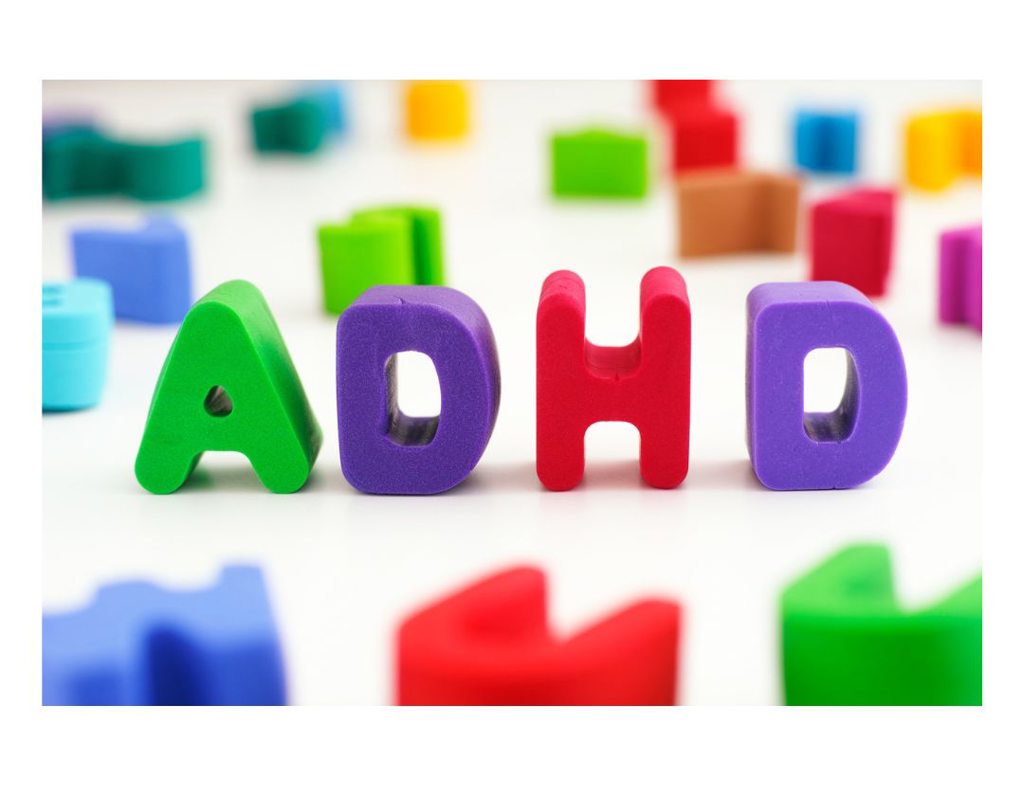
What are the Signs of ADHD in Adults and Children?
Attention-deficit/hyperactivity disorder (ADHD) is one of the most common neurodevelopmental disorders of childhood, and it often continues into adulthood. Millions of children have been diagnosed with ADHD, and Pennsylvania ranks slightly above the national average, according to the Centers for Disease Control and Prevention.
What is ADHD?
ADHD is a mental health disorder that includes a combination of issues, such as trouble paying attention, controlling impulsive behaviors or being overly active. It is a chronic condition that can significantly impact an individual’s life, from relationships to academic and professional success and even daily functioning.
“The exact causes of ADHD have not yet been determined, but the research indicates that hereditary factors are the largest contributor,” said Allen Dsouza, MD, a child and adolescent psychiatrist with Penn Highlands Behavioral Services. “Individuals with ADHD have different brain chemistry than those who do not have ADHD – specifically they have a dysregulation of the dopamine system. Their brains either do not produce enough dopamine, do not have enough receptors for it or is not using dopamine efficiently.”
“In addition to factors, researchers are currently studying other circumstances that could contribute to an ADHD diagnosis, including brain injury; exposure to lead or another environmental hazard during pregnancy or at a young age; alcohol or tobacco use during pregnancy; premature delivery; and low birth weight,” said Dr. Dsouza. “None of the research, however, supports the misconception that ADHD is caused by too much sugar, too much television, bad parenting or other social factors.”
How common is ADHD?
ADHD is usually first diagnosed in childhood, but it can be diagnosed in adulthood as well. Approximately 13% of boys are likely to be diagnosed, while girls are less than half as likely to have an ADHD diagnosis. The rate of diagnosis increases as children age, with 2% of 3-to 5-year-olds being diagnosed, 10% of 6-to 11-year-olds and 13% of 12-to 17-year-olds. Among adults, the prevalence of ADHD is around 4%.
What are the symptoms of ADHD in children?
There are three subtypes of ADHD: inattentive, hyperactive/impulsive and combined. Inattentive ADHD may include the following symptoms:
- Unable to pay close attention to details.
- Making careless mistakes at school.
- Trouble staying focused.
- Appear to not listen, even when spoken to directly.
- Trouble organizing tasks.
- Difficulty following through on instructions.
- Forgetting to do chores or homework.
- Easily distracted.
Hyperactive/impulsive ADHD may present as:
- Squirming, fidgeting or tapping hands or feet.
- Unable to stay still or seated.
- Running around during inappropriate situations.
- Talking excessively.
- Difficulty waiting for his or her turn.
- Interrupting conversations or activities.
A child with combined ADHD, which is the most common subtype, will typically show symptoms of both inattention and hyperactivity/impulsivity.
What are the symptoms of ADHD in adults?
If an adult hasn’t been diagnosed with ADHD as a child, they may be unaware that there is a possibility they have it. Adults with ADHD may have trouble focusing and prioritizing tasks, waiting patiently in lines or in traffic or possibly even demonstrating mood swings and outbursts. Symptoms of adult ADHD can include:
- Poor time management skills.
- Disorganization.
- Problems prioritizing.
- Problems focusing on a task.
- Impulsiveness.
- Excessive activity or restlessness.
- Low frustration tolerance.
- Frequent mood swings.
- Anger issues mainly due to impulsivity and emotion regulation issues.
- Trouble coping with stress.
How is ADHD treated?
For many children and adults with ADHD, a combination of behavior therapy and medication is the most effective treatment. Individuals can also manage their difficulties with ADHD with implementation of time management skills, use of mindfulness techniques, exercise to refuel the brain. Excellent resources include CHADD a non-profit organization, books by Russel Barkley and ADD-Friendly Ways to Organize Your Life by Judith Kohlberg. If you think that you or your child may have ADHD, talk to your primary care provider.
Penn Highlands Healthcare offers comprehensive mental health services, including inpatient and outpatient services for children ages 5 and up, adults and seniors. Penn Highlands’ team includes psychiatrists, clinical psychologists, neuropsychologists, physician assistants, licensed clinical social workers and licensed professional counselors. Learn more about behavioral health services at Penn Highlands by visiting www.phhealthcare.org/bhs.
